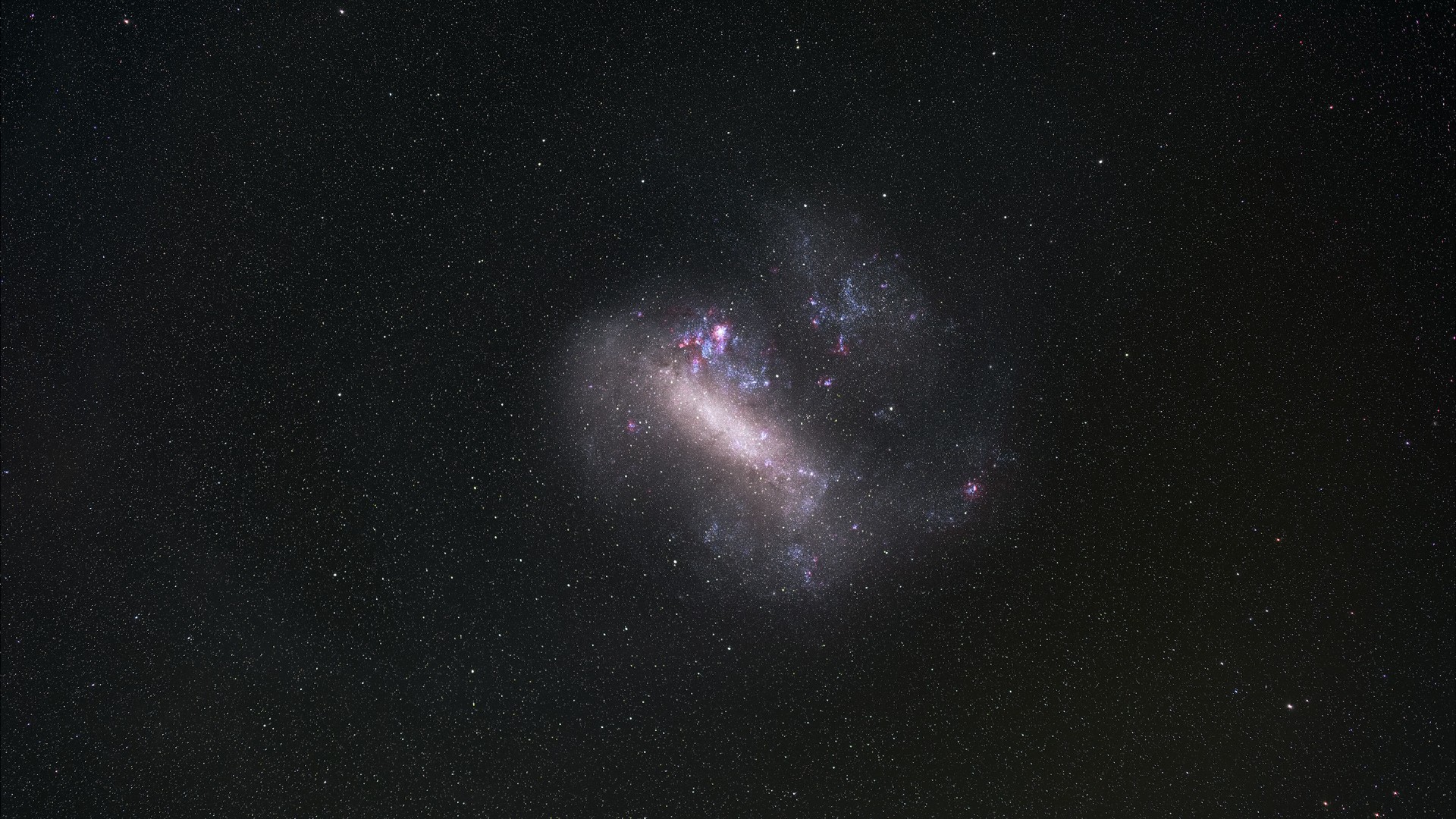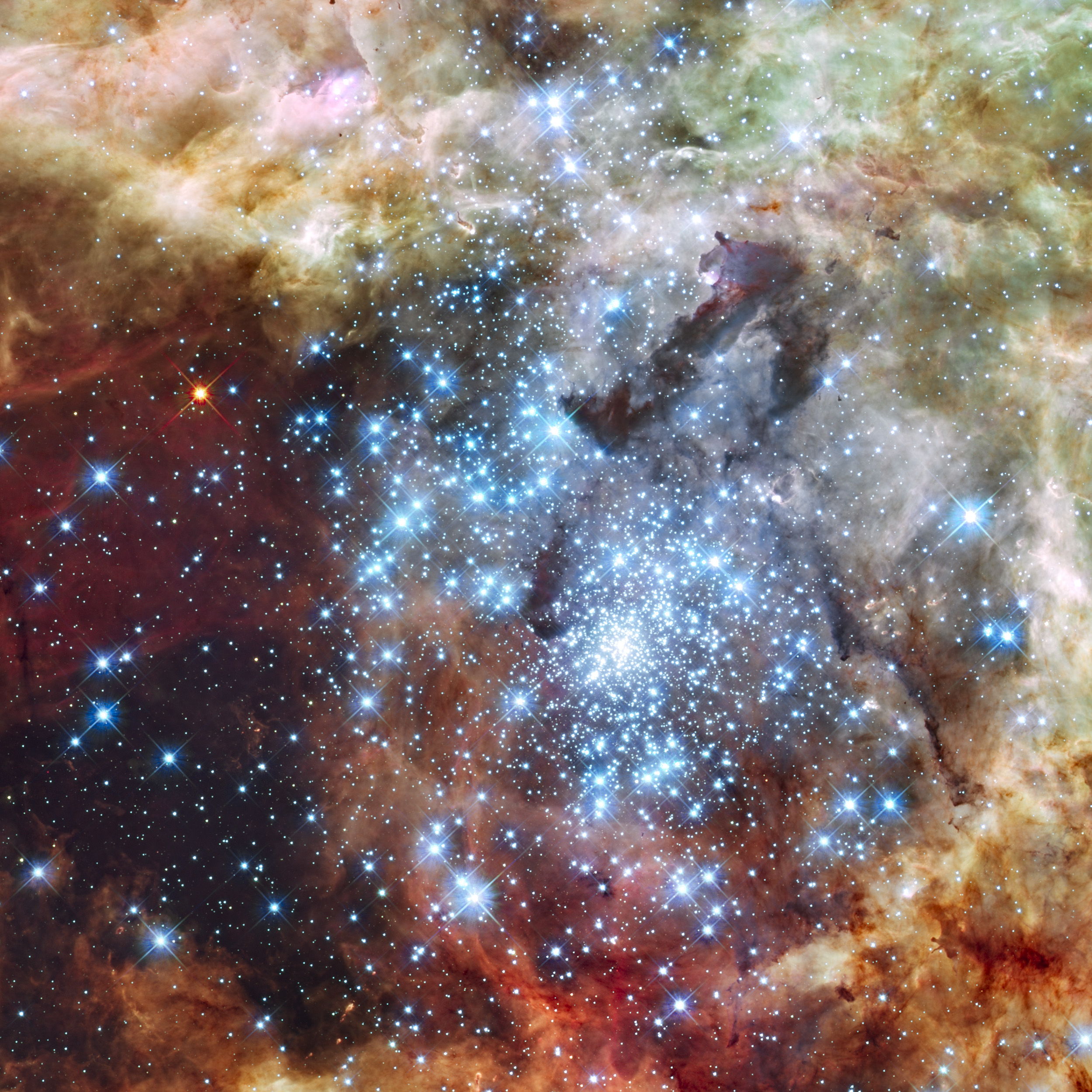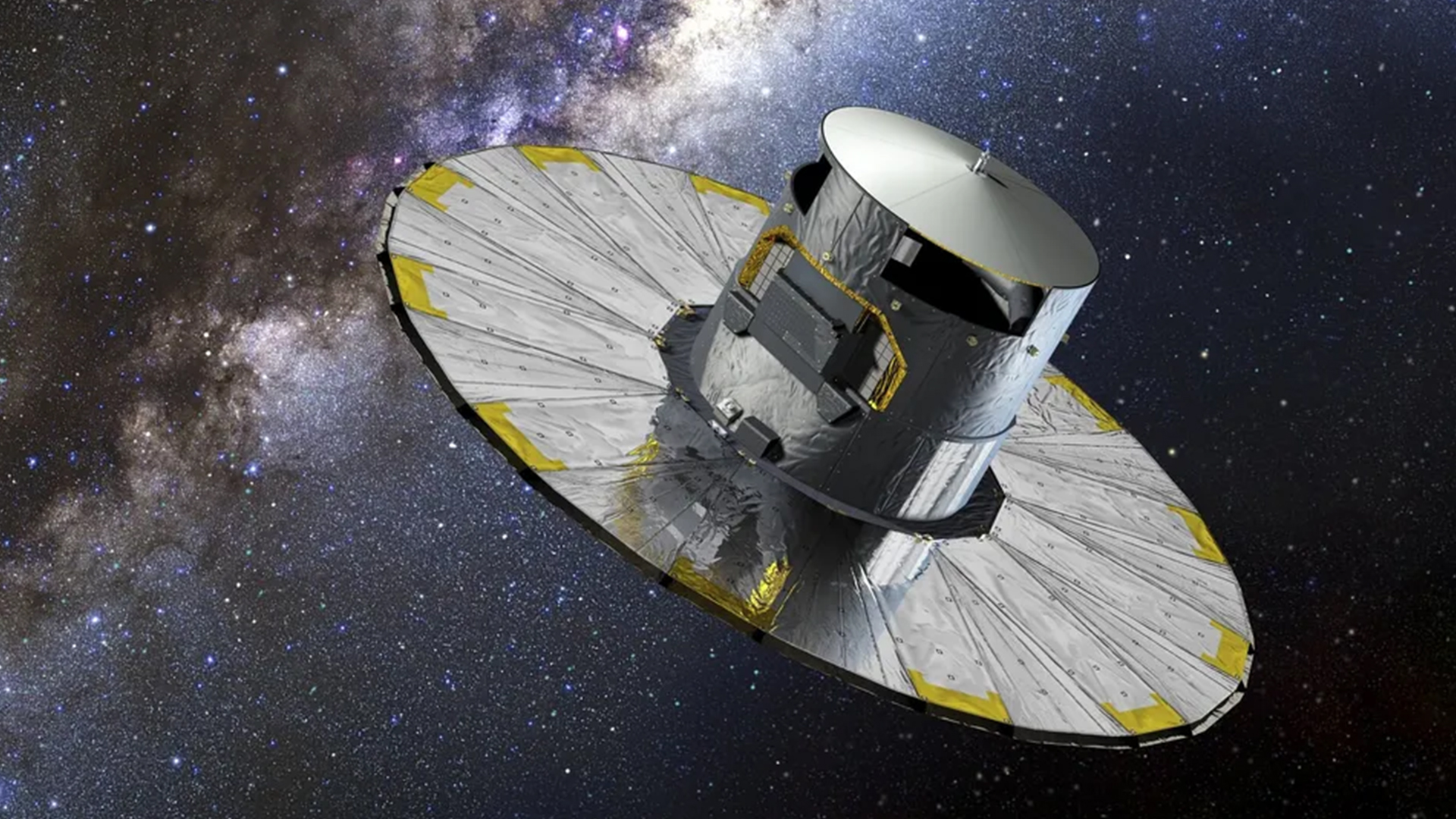Scientists find one of the oldest stars in the universe in a galaxy right next to ours
An ancient star discovered in the Large Magellanic Cloud has revealed the chemical fingerprint of the early universe. It hints that conditions were not the same everywhere when the first stars forged the elements for life.

Scientists have identified one of the oldest known stars outside the Milky Way. The discovery, reported in March in the journal Nature Astronomy, has uncovered a relic from the early days of the universe in the Large Magellanic Cloud (LMC), a satellite galaxy of the Milky Way — and it's revealing the conditions from a time before the sun even existed.
The first stars born after the Big Bang lived and died billions of years ago, so there are none left to tell the story of the early universe. But traces of these stellar ancestors were preserved in the second generation of stars that formed and still survive today.
The outer layers of these ancient stars "preserve the chemical composition of their natal gas cloud," and therefore reveal the composition of the first generation of stars that seeded those clouds with new chemicals, study lead author Anirudh Chiti, an astrophysicist at the University of Chicago, told Live Science in an email. The composition of these stars offers a window into the early production of elements when the stars formed billions of years ago, Chiti said.
Hunting stellar relics
The earliest stars blazed to life billions of years ago, soon after the Big Bang. They were behemoths made from the only elements that existed in abundance at the time: about three-fourths hydrogen and one-fourth helium. Those giants quickly burned through their nuclear fuel, shedding their outer layers and then exploding as supernovas and polluting their stellar neighborhood with new, heavier elements forged within their cores.
This stellar ash entered the mix when a second generation of stars was born from the gas clouds enriched by the first. This cycle continued, building ever-heavier elements and even seeding the cosmos with the building blocks for life. This is the source of the oxygen we breathe, the calcium in our bones, and the iron in our blood cells.
Related: Astronomers find remnants of the oldest stars in the universe

By measuring the amounts of these elements in a star, astronomers can estimate its age. The less "ash" that has accumulated, the older the star must be, while younger stars have built up a lot of elements from many earlier generations.
Sign up for the Live Science daily newsletter now
Get the world’s most fascinating discoveries delivered straight to your inbox.
None of the first-generation stars has ever been observed, but astronomers have spotted some ancient stars of the second generation in our galaxy. These fossils are very rare. Fewer than 1 in 100,000 stars in our galaxy is from that second generation. "You really are fishing needles out of haystacks," Chiti said in a statement.
From these relics, astronomers have learned a lot about the early conditions in our galaxy. Now, they want to understand if the Milky Way is typical or if those conditions were different in other galaxies.
To answer this question, the study authors turned their sights to one of our nearest galactic neighbors, the LMC. Visible to the naked eye from the Southern Hemisphere, the LMC is smaller than the Milky Way and destined to merge with it in about 2.4 billion years.
"The LMC is notable because it is nearly a major galaxy in its own right" and was only recently caught in the pull of the Milky Way, Chiti said.
The team searched for old stars in the LMC in data gathered by the European Space Agency's Gaia space telescope. They followed up using the 6.5-meter Magellan telescope in Chile and identified 10 stars with about 100 times less iron than other LMC stars contain, meaning they were very ancient.

One stood out. Known as LMC-119, it had less of this cosmic pollution than any known star outside our galaxy. This suggested it formed from gas enriched by just one supernova and was a sure sign that LMC-119 is a second-generation star and very ancient.
"I'd say LMC-119 is very likely at least about 13 billion years old," Chiti told Live Science. (For comparison, the universe itself is estimated to be 13.8 billion years old.)
Today, the LMC is about 160,000 light-years away, but the authors estimated that it was about 6 million light-years distant when its earliest stars formed. "This isolates the early LMC from ejecta from the first stars that formed in the early Milky Way," they said in the paper. This means that the LMC's ancient stars can tell astronomers about infant conditions in another galaxy.
Interestingly, LMC-119 has much less carbon than ancient stars in our galaxy do. This hints at a previously unknown difference in how heavier elements built up in these two galaxies and suggests the environment in our young galaxy was likely different from that of the LMC.
"It's really exciting to be opening up stellar archaeology of the Large Magellanic Cloud, and to be able to map out in such detail how the first stars chemically enriched the universe in different regions," said Chiti, who believes there are many more of these ancient stars waiting to be found in the LMC.
Chiti is now leading a new program to photograph one-quarter of the southern sky using the Blanco 4m telescope in Chile and equipment designed to identify the most ancient fossil stars in the Milky Way and our galactic neighbor. By uncovering these relics, astronomers hope to paint a better picture of how stars have enriched the cosmos with the elements that make up all that we see around us.

Jonathan is an educator based in Hungary with a passion for astronomy. He enjoys communicating science stories in astrophysics and cosmology. He has a bachelor's degree in astrophysics from Cardiff University and a PhD in astronomy from Queen Mary University of London. In his spare time he enjoys hiking with his family and exploring the night sky.










